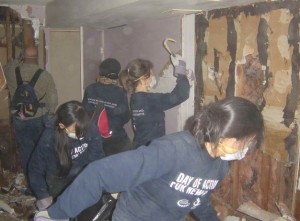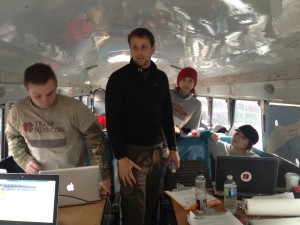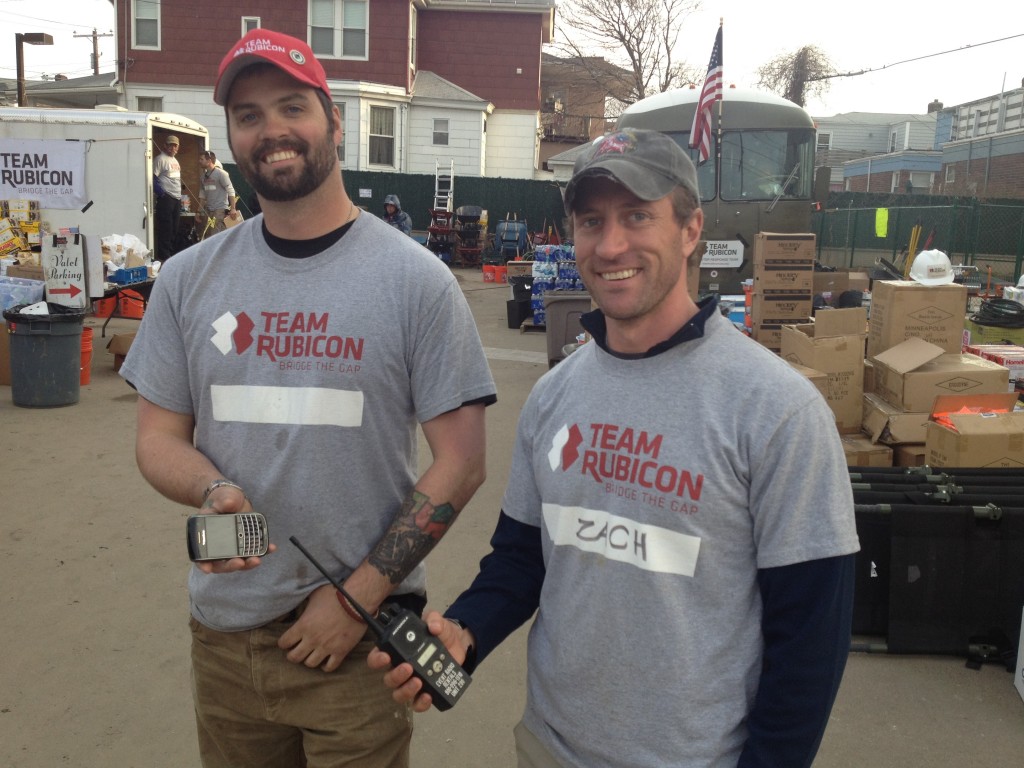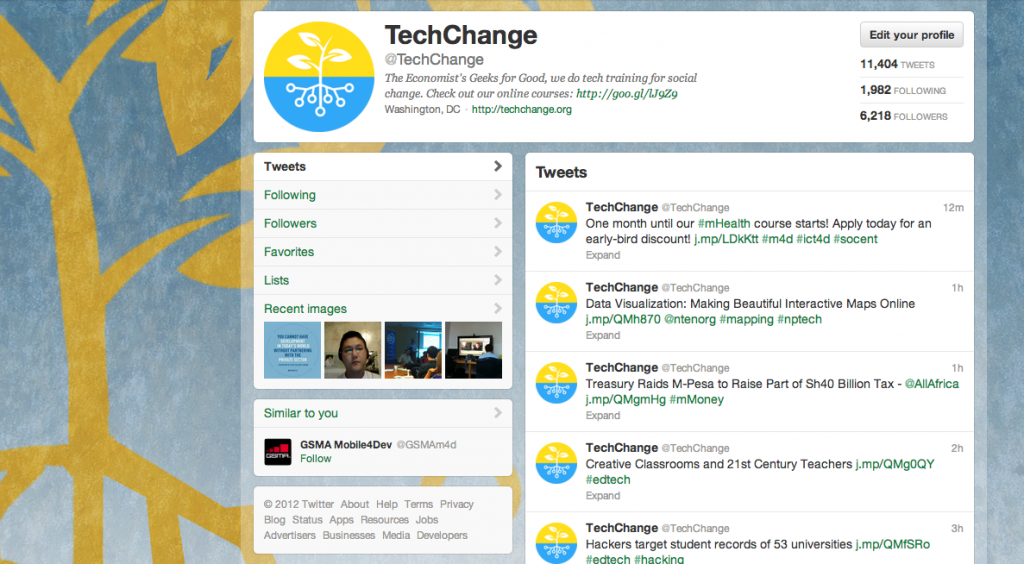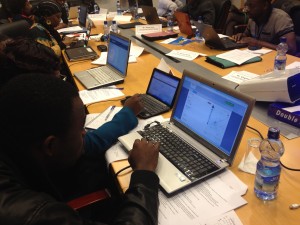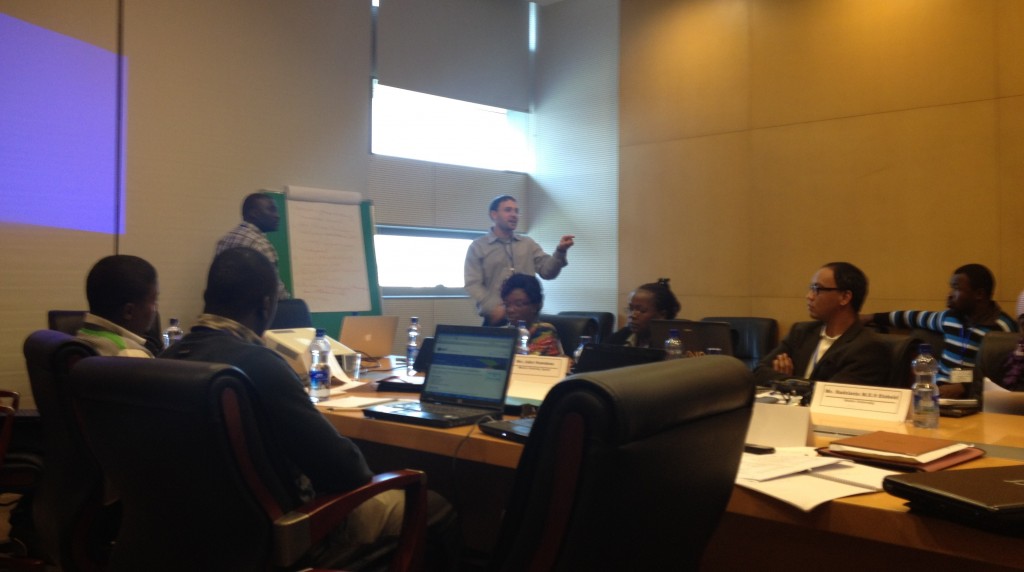Interested in our upcoming course: Technology for Conflict Management and Peacebuilding? Our next class starts Monday, February 18th. Apply today!
This week, Ushahidi announced the launch of the Uchaguzi partnership in preparation for the upcoming March 4th Kenya elections with the aim “to help Kenya have a free, fair, peaceful, and credible general election.” This announcement came after the Standby Task Force (SBTF) sent an email on February 8th informing their community of voluntary crowdmappers that the SBTF has withdrawn from Ushahidi’s map for not meeting their criteria for activation, but still encouraged their community to participate as individuals. The announcement surprised some in the Standby Task Force community, which had been preparing for deployment, but was not entirely unexpected after the SBTF’s decision to focus on deploying to “natural” disasters after their experience in Syria. The official email explained that:
“The things that we use to ensure that the security, ethics and neutrality that the SBTF stands for is protected, that there is a feedback loop (a physical, on-the-ground response to the data processed by Mapsters) and that we do no harm, e.g. we don’t damage existing in-country responses.”
The notion that external support could be counter-productive is an issue worth considering for the voluntary technical community of peacebuilders. The rise of both local crowdmapping and the global volunteer and technical communities have grown together over the past five years after the violence stemming from the last Kenyan elections gave rise to the Ushahidi platform and the Haiti earthquake saw the development of a global volunteer networks to apply them. Since that time, it’s become clear that the ethical questions surrounding application of technology to peacebuilding are as complex as ensuring technical capability, if not more so.
The challenge of protecting the privacy and security of citizen users is constantly grappled with by the organizations responsible for these tools. The upcoming Kenyan election offers a unique case to take stock of where we stand and where we are moving. Which is why it will form the basis for an activation simulation in TC109: Technology for Conflict Management and Peacebuilding. As part of the activity, we’ll be talking with Justine MacKinnon of the Standby Task Force and Rob Baker of Ushahidi. To understand more thoroughly the opportunities for new technologies to empower peacebuilders.
Of course the ethical impact of new technology is not limited to crowdsourcing, which is why we’re also going to discuss the full spectrum of issues in TC109, from using drones to protect human rights with Mark Hanis to using MapBox to display drone strikes on Pakistan in real-time. New technology often presents as many problems as it solves, and application of even the most potentially beneficial new tools without sufficient forethought can always cause more harm than good.
Class starts on Monday. We hope to see you there! Please feel free to tweet @techchange if you have any questions or send us an email: info [at] techchange.org.

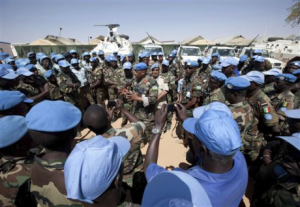
 What communication technology and social media does is provide more individuals with the ability to tell a story. These stories may be the same as the official account, or may deviate jarringly and in ways that make understanding the motivations of those involved in the fighting (or civilians trying to survive) harder to decipher. In this space we see a key different between social media and communication technology in a disaster versus a conflict zone, and making the most of the technology requires recognizing this difference: in a disaster we use technology to respond to the situation, in a conflict we have to use it to understand the situation. While the volume of stories can seem overwhelming if we can learn to listen more efficiently to the information from those we wish to help their stories can start to inform and increase the effectiveness of our peacebuilding efforts.
What communication technology and social media does is provide more individuals with the ability to tell a story. These stories may be the same as the official account, or may deviate jarringly and in ways that make understanding the motivations of those involved in the fighting (or civilians trying to survive) harder to decipher. In this space we see a key different between social media and communication technology in a disaster versus a conflict zone, and making the most of the technology requires recognizing this difference: in a disaster we use technology to respond to the situation, in a conflict we have to use it to understand the situation. While the volume of stories can seem overwhelming if we can learn to listen more efficiently to the information from those we wish to help their stories can start to inform and increase the effectiveness of our peacebuilding efforts.
